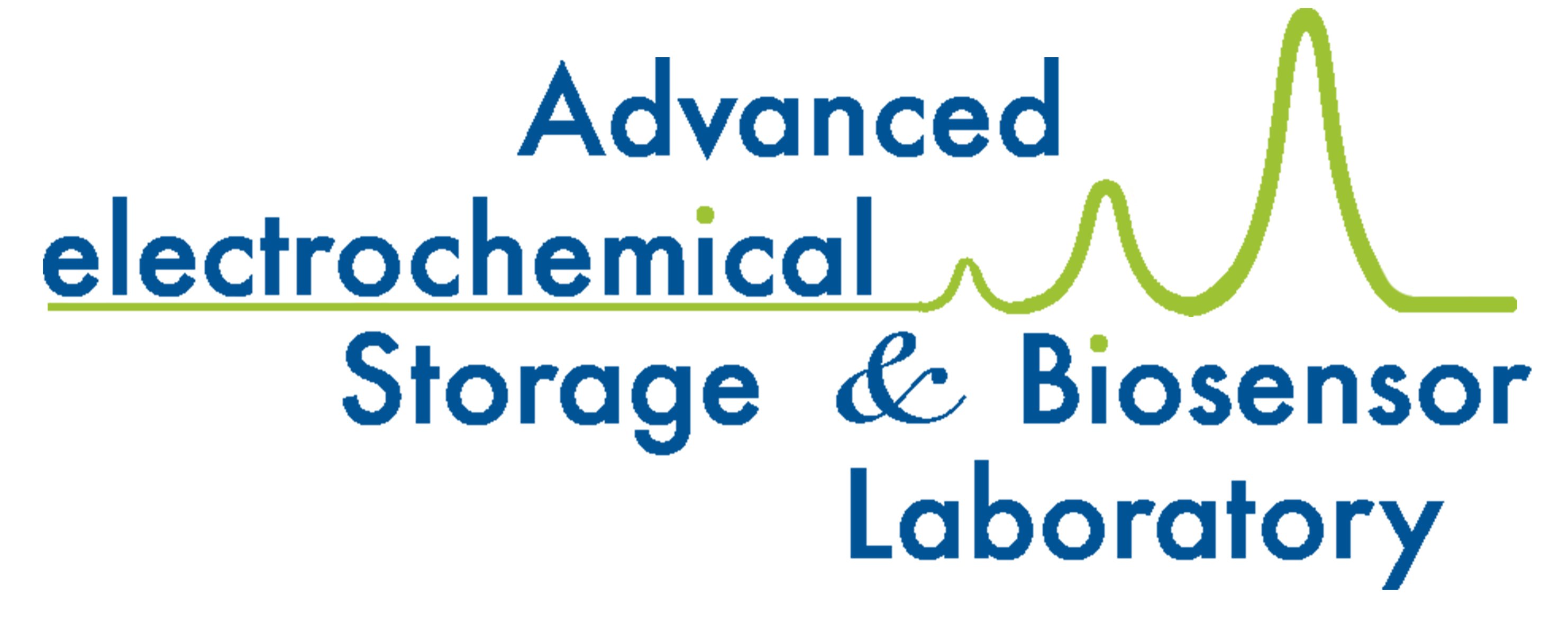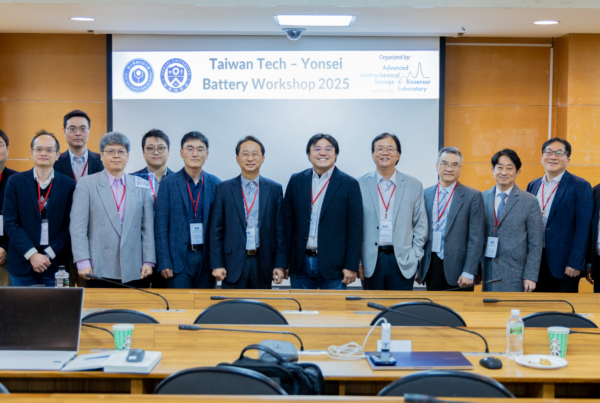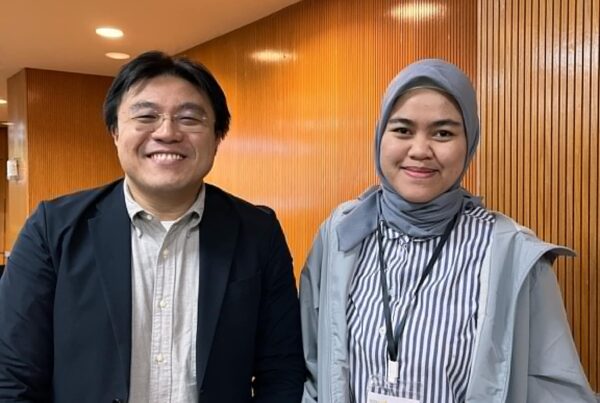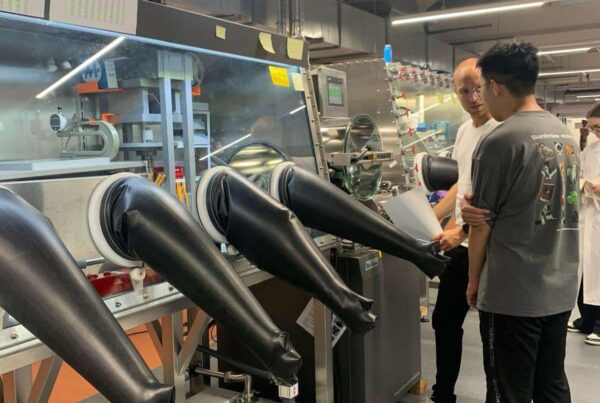We would like to share our precious moment to visit some universities in Indonesia to make strong connections and collaborate in battery and biosensor research.
The visit is designed to follow these purposes:
-
- Our research group under Prof. Fu-Ming Wang supervision has collaborated with two universities in Indonesia, Institut Teknologi Sepuluh Nopember (ITS) and Institut Teknologi Banding (ITB), for the joint-research in the past two years. Visiting our collaborator is the main purpose of this trip. It gives a good chance to understand each other’s needs for the upcoming or future research.
- Share the basic knowledge and understanding of lithium-ion batteries (LIB) research in the Engineering Physics Department, ITS. As a starter to discuss the potential research regarding the material development of cathode material with the research group of Dr. rer. nat. Ruri Agung Wahyuono. This session also encourages the undergraduate and graduate students to pursue further study in NTUST, especially in our research group.
- A follow-up of the discussion in the potential joint-research in the sea water battery (SWB) development. Previously, Dr. Ridho Hantoro from the Engineering Physics Department in ITS informally visited our laboratory in Taipei to discuss the possibility of joint-research in SWB development.
- Prof. Fu-Ming Wang gave a lecture in ITS and ITB regarding the investigation of the oligomer in the Ni-rich cathode for LIB. This lecture was followed by a discussion regarding our developed oligomer.
- Finding a new potential collaborator and future student(s) in Universitas Pertamina (UNPER) and Universitas Indonesia (UI). In these chances, we also deliver an idea to co-advising the final project of the final year of undergraduate student who is willing to pursue a Master or Doctoral degree in Graduate Institute of Applied Science and Technology, especially in Prof. Fu-Ming Wang research group.
Our visit started from ITS on Monday 16 December 2024. We were invited by Dr. Rer. nat. Ruri Agung Wahyuono to give a 2-hour lecture on the “Introduction to Li-ion Batteries: Cell Fabrication & Performance Evaluation” (Figure 1). This course is part of the monthly guest lecture of Dr. rer. nat. Ruri Agung Wahyuono’s research group.
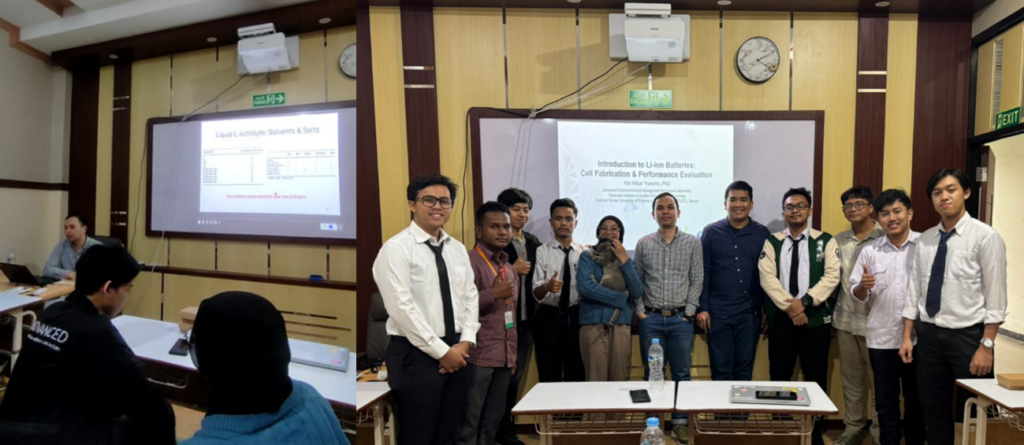
Figure 1. The guest lecture on 16 December 2024 was initiated by Dr. rer. nat. Ruri Agung Wahyuono (7th from left in the right figure).
The lack of knowledge from the students on the lithium-ion battery has understandably due to the limited research on the lithium-ion battery. So, the lecture was designed to adopt the tutorial style which students can ask whenever they have questions. The lecture was delivered step by step from the history of battery, basic electrochemistry of battery, composition of LIB, how to fabricate the LIB’s cell, how to evaluate the LIB’s performance and failure, to the LIB’s failure and the future development of LIB.
Before the lecture, we were able to have a conversation with two brilliant Master’s students who were eager to pursue a doctoral degree abroad. Originally, these students were highly interested in pursuing research on photocatalyst. After the lecture, I was able to get their interest to do research in lithium-ion battery. So, I introduced them the International Internship Pilot Program (IITP) that give them opportunities to do research in our research group under Prof. Fu-Ming Wang guidance. Since, next year, our research group has joint-research with Dr. rer. nat. Ruri Agung Wahyuono through the “2025 ITS-NTUST Proposals”, gain his student’s interest with our research field will strengthening our collaboration.
The other important outcome of this invitation is potential research on the various defects of NiO to the Ni-rich layered cathodes of lithium-ion batteries. The defects of NiO have previously been evaluated by Dr. rer. nat. Ruri Agung Wahyono during his doctoral studies in Institut für Physikalische Chemie, Friedrich Schiller Universität Jena, Germany under the supervision of Prof. Dr. Benjamin Dietzek, FRSC. It is believed that this research will give further understanding of the Ni-rich layered cathodes for the commercialization of this cathode for LIB.
-
- Tuesday, 17 December 2024
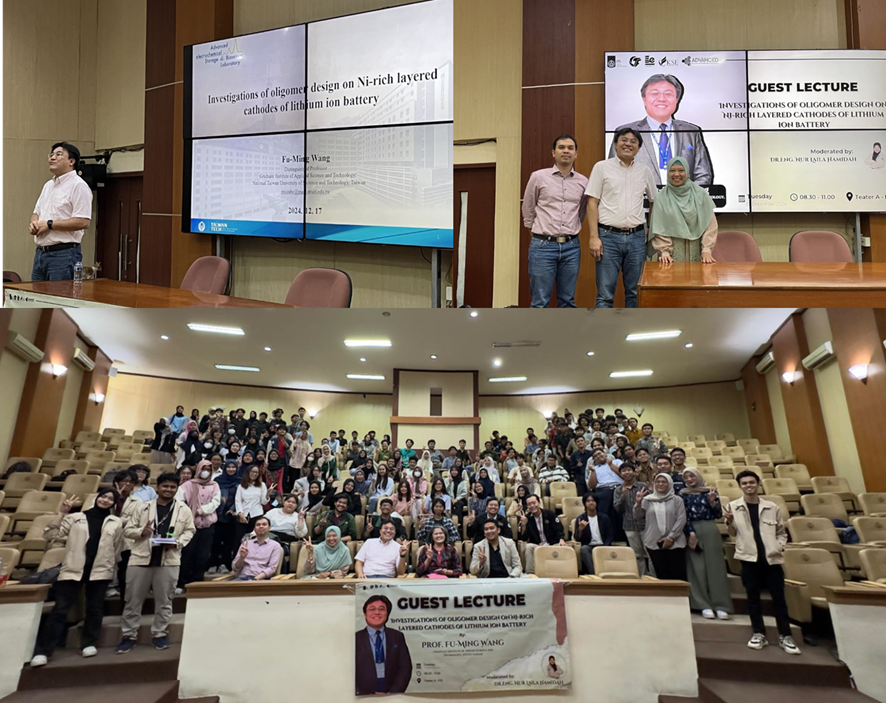
Figure 2. Lecture by Prof. Fu-Ming Wang in ITS.
On the next day, Prof. Fu-Ming Wang gave a lecture at 9:30 am in Engineering physic ITS with the title topic “Investigation of Oligomer Design on Ni-rich Layered Cathodes of Lithium-ion Battery” (Figure 2). As the main author of this work, the discussion after the lecture gave me a lot of insight to further improve the study on the oligomer design for LIB.
After lunch, 2:00 pm, we had discussion with the research group of “Energy and Environmental Engineering Laboratory” in the Engineering Physics Department (Figure 3). The discussion was mainly led by Dr. Ridho Hantoro’s research group. This discussion is part of the follow-up on the Sea Water Battery (SWB) research which this joint-research previously initiated in Taipei, 14 November 2024. The discussion was done to share both research groups directions on the development of SWB.
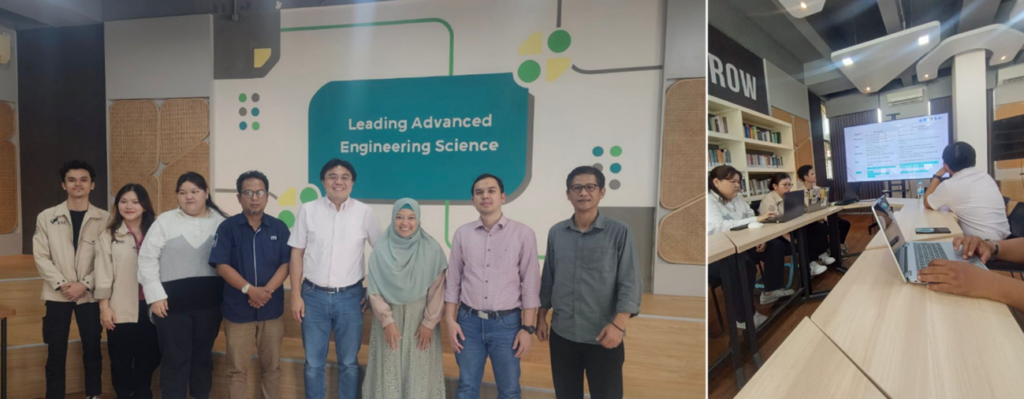
Figure 3. Discussion with the Energy and Environmental Engineering Laboratory, which is led by Dr. Ridho Hantoro (1st person from the right in the left figure).
-
- Wednesday, 18 December 2024
Then, we continue our visit to ITB on Wednesday, 18 December 2025. We visited Prof. Ferry Iskandar’s research group in ITB starting at 9:30 am. We have collaborated with his research group since last year and published two collaborative papers. During this session in the morning we get a chance to understand the research interests of Prof. Ferry Iskandar’s research group (Figure 4), which is divided into carbon dots, photoluminescence material, solar cell (new), and lithium-ion batteries. His team also did a computational study to further understand the mechanism of the scientific phenomenon that they observed. Since our research group currently did no computational study, we also collaborated with their team to help us further confirm our research findings. After this discussion, we managed to have a trip around his laboratory (Figure 5).
After lunch, at 1:30 pm, Prof. Fu-Ming Wang gave a lecture with similar topic as in ITS (Figure 6). Since this lecture was attended by several students and lecturers who do research in lithium-ion battery, we have a lot of insightful questions after the lecture was delivered. As the main author of this work, I’m glad to share the knowledge and how we did the research in Taiwan Tech. One important thing that we managed to share is how we pursue the detailed mechanisms from the phenomenon that we observed during the research. Other than this, I personally managed to have conversations with students who were interested in joining Taiwan Tech for the doctoral degree. ITB is one of the best universities in Indonesia which cultivate best talent in Indonesia, I believe that more students from ITB that interested to pursue the study in Taiwan Tech will be a great beneficial for our university.
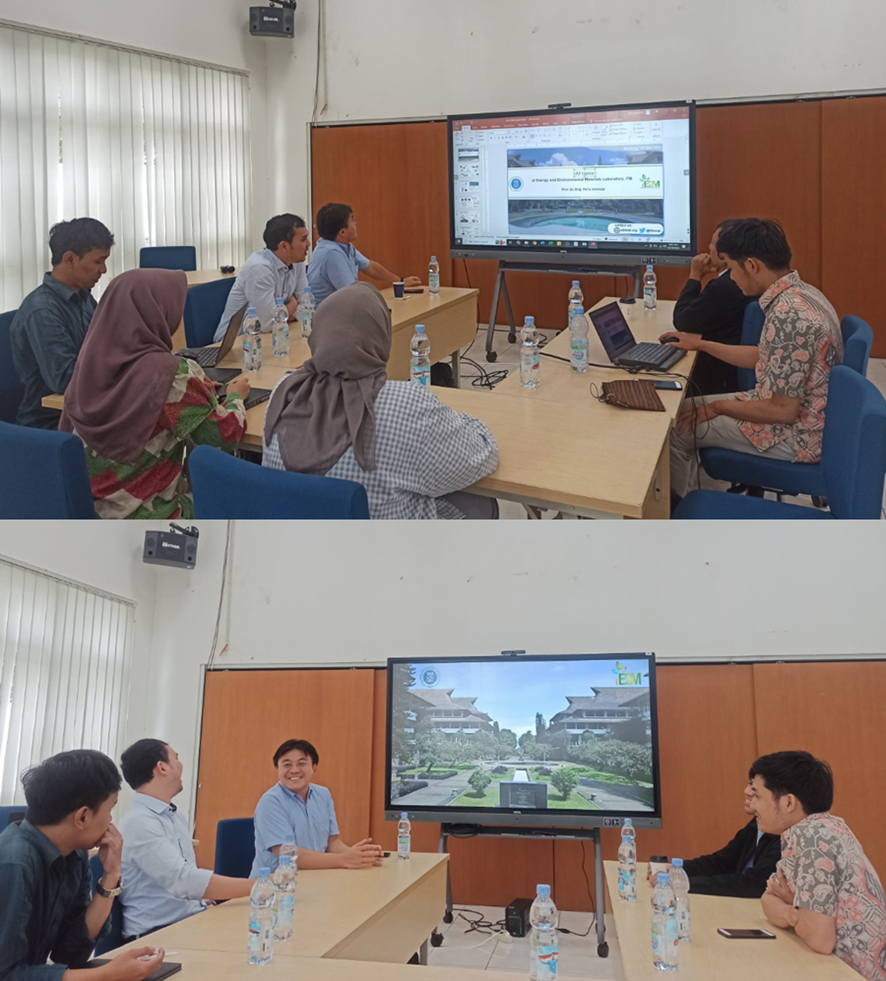
Figure 4. Brief explanation from Prof. Ferry Iskandar about his research interest and discussion.
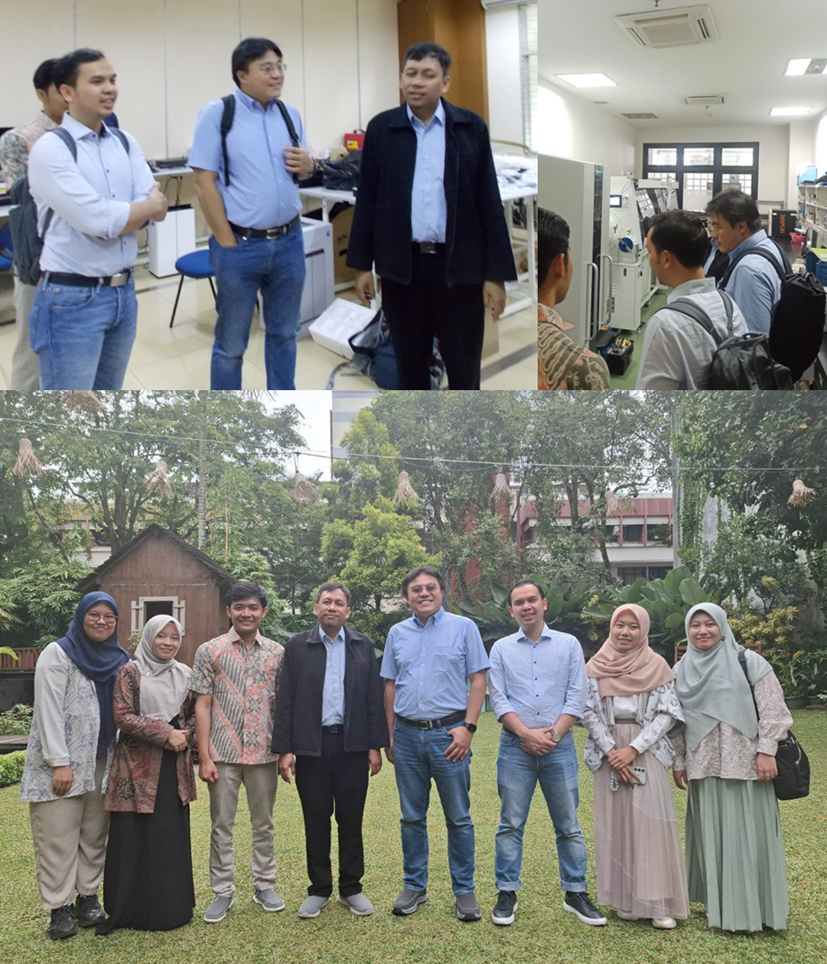
Figure 5. (top Images) Trip around laboratory and (bottom image) picture with (4th person from left) Prof. Ferry Iskandar’s research group.
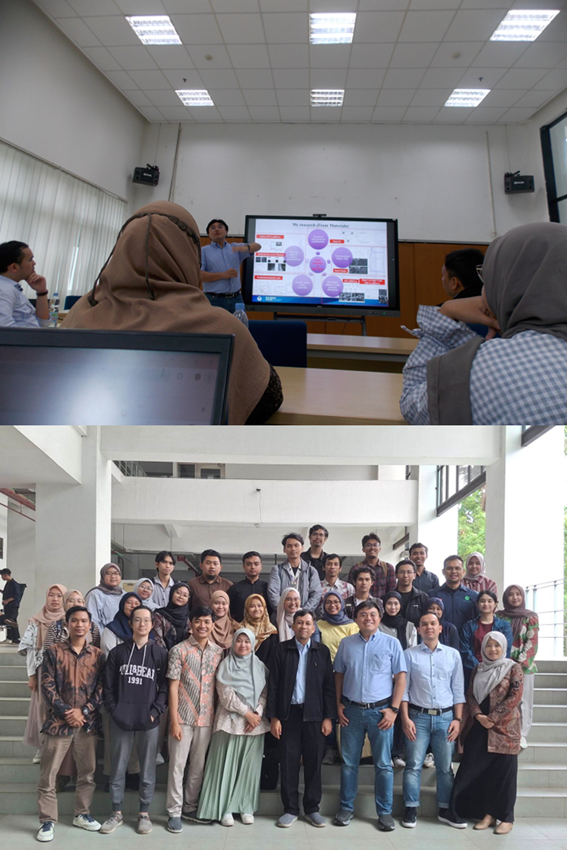
Figure 6. Lecture from Prof. Fu-Ming Wang.
-
- Thursday, 19 December 2024
On Thursday, 19 December 2024, we got a chance to visit our graduated student, who has now become a lecturer at Pertamina University (Universitas Pertamina, UNPER). We discussed with Dr. Sylvia Ayu Pradanawati’s research group the development of the solid-state electrolyte with sodium salt for battery and supercapacitor applications at Pertamina University (Figure 7). The outcome of this discussion is we plan to do preliminary studies to apply her material to real battery setup. We hope that after the preliminary study, Sylvia’s students can perform short research in our research group through the TEEP (MOE) or IITP (NSTC) program. The student will be selected based on the UNPER and Indonesia University (Universitas Indonesia, UI) standards to ensure that the short visiting research is efficient and effective.

Figure 7. Visiting Pertamina University.

Figure 8. Visiting Indonesia University. (Bottom left) Professor Fu-Ming Wang picture with Prof. Dr. techn. Djoko Triyono.
After the research discussion, Prof. Fu-Ming Wang also presented the information about Taiwan Tech to the Dean of Faculty of Infrastructure Planning & Faculty of Industrial Technology (Ir. Tota Simatupang, M.Eng., Ph.D.), some of the Head of Departments, and the Director of the Office of International Affairs (Figure 7 right). This discussion also tries to find a scheme to let more UNPER alumnus pursue Master and Doctoral degree in Taiwan Tech.
In the afternoon, we also discussed with the Physics Department of Indonesia University. Similar to the discussion in UNPER, Prof. Wang gave an introduction about Taiwan Tech. During this visit, we also try to find a scheme to send more students from UI to Taiwan Tech for Master or Doctoral degree. After this discussion, we visit Prof. Dr. techn. Djoko Triyono’s laboratory (Figure 8). We also briefly discussed the plan to give opportunity for UNPER students to do short research in UI before joining our research group in Taiwan Tech.
